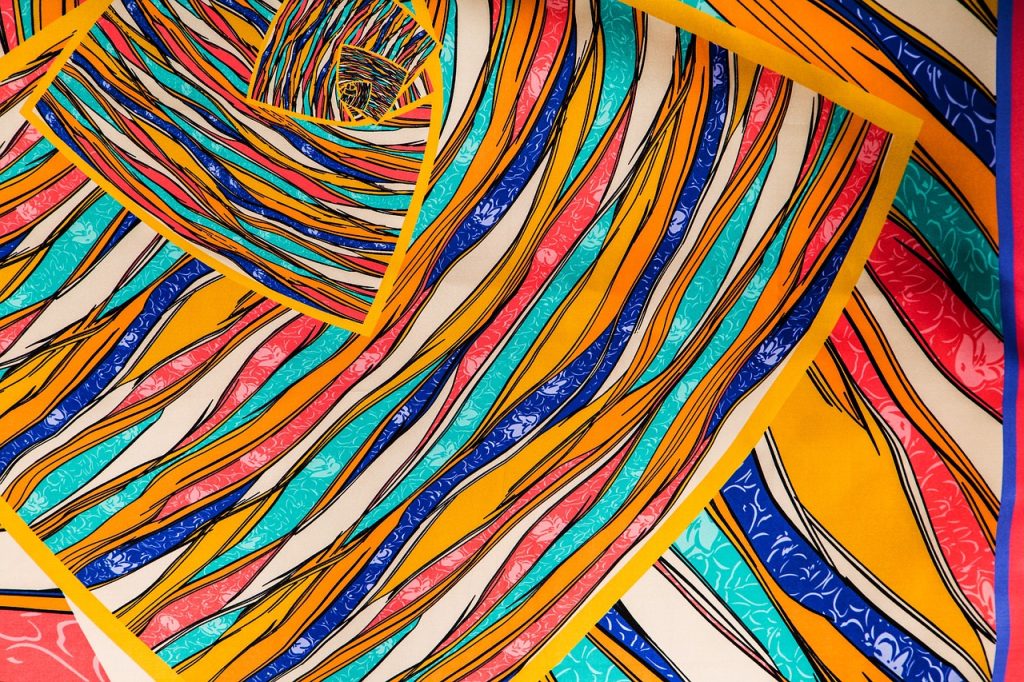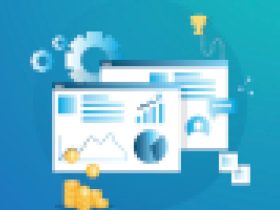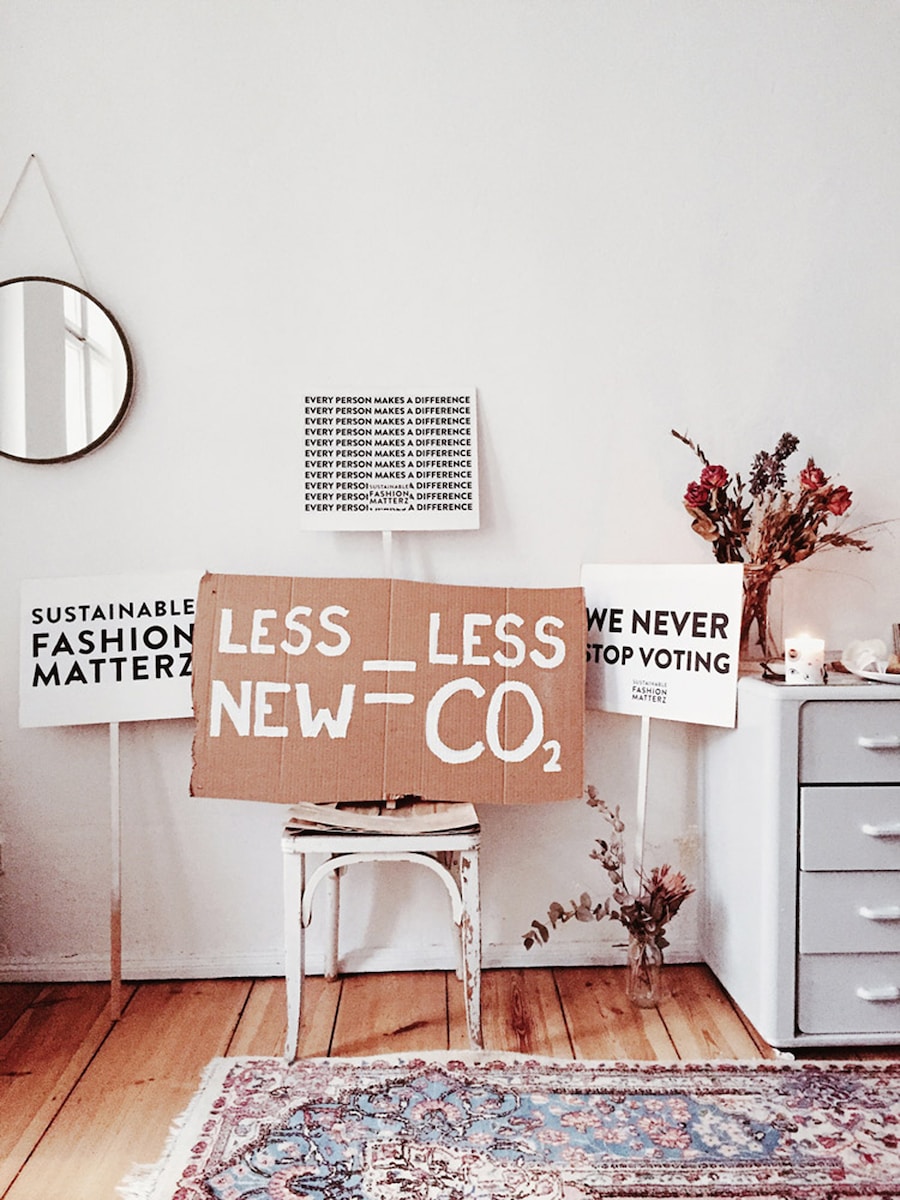Hello there, fellow ethical spenders! It’s me, Emily Green, your trusty guide through the labyrinth of ethical spending for the past four years. Today, we’re going to dive headfirst into the intricate and fascinating world of ethical spending and its intimate dance with sustainability. So grab a cup of your favorite fair-trade coffee, and let’s embark on this enlightening journey together.
The Marriage of Ethical Spending and Sustainability
In a world teeming with fast fashion, disposable goods, and an ever-growing mound of plastic waste, ethical spending is like a breath of fresh air. It’s not just about choosing products that make us feel good about our purchases; it’s also about contributing to a more sustainable and harmonious planet.

Understanding Ethical Spending
Before we explore the nexus of ethical spending and sustainability, let’s clarify what ethical spending really means. It’s all about making consumer choices that align with our values and morals. This can encompass a wide range of considerations, such as supporting fair labor practices, avoiding products that harm animals, and opting for sustainable, eco-friendly alternatives.
The Power of Your Wallet
One of the most compelling aspects of ethical spending is that it’s driven by consumer choices. When we open our wallets to ethical products and businesses, we’re essentially casting votes for the kind of world we want to live in. Every dollar we spend has the potential to shape the future of our planet.
Sustainability: The Heart of Ethical Spending
Now, let’s zoom in on sustainability and how it intertwines with ethical spending. Sustainability is all about maintaining the balance of our planet’s ecosystems and resources so that future generations can thrive. It’s like a dance where ethical spending provides the music, and sustainability takes the lead.
The Three Pillars of Sustainability

Sustainability rests on three pillars: economic, social, and environmental. Ethical spending directly impacts all three.
Economic Sustainability: When we choose to buy from businesses that prioritize ethical practices, we’re often supporting local economies and businesses that provide fair wages to their workers. This ensures economic stability and helps communities thrive.Example: You decide to purchase handcrafted pottery from a local artisan instead of mass-produced, factory-made alternatives. By doing so, you’re contributing to the economic sustainability of your community.
Social Sustainability: Ethical spending is deeply connected to social sustainability. It means supporting businesses that treat their employees with respect and dignity, ensure safe working conditions, and promote diversity and inclusion.Example: You opt for clothing brands that are committed to fair labor practices and transparency in their supply chains. By doing so, you’re endorsing social sustainability and fair treatment of workers worldwide.
Environmental Sustainability: This is perhaps the most obvious connection. Ethical spending often involves choosing products that are eco-friendly, energy-efficient, and have a lower environmental impact.Example: You invest in a reusable water bottle instead of buying single-use plastic bottles. This small change reduces plastic waste and contributes to the environmental sustainability of the planet.
The Butterfly Effect of Ethical Spending
You might wonder if your individual choices truly make a difference in the grand scheme of things. Well, let me tell you, they absolutely do! The butterfly effect reminds us that small actions can lead to significant, far-reaching consequences.
Consider this: if one person starts buying organic produce, it might not seem like a big deal. But when millions of people make the same choice, it creates a demand for sustainable agriculture practices, which in turn can lead to healthier ecosystems, reduced pesticide use, and improved soil quality.
Innovations in Ethical and Sustainable Products
The beauty of ethical spending is that it’s a dynamic force that drives innovation. As consumers demand more ethical and sustainable products, businesses respond with creative solutions that benefit everyone.
Take the rise of electric vehicles (EVs), for example. Just a decade ago, they were a niche market. But as consumers became more conscious of their carbon footprint, the demand for EVs skyrocketed. Today, major automakers are investing heavily in electric vehicle technology, driving down costs and reducing emissions.
Challenges and Pitfalls
While ethical spending is a noble pursuit, it’s not always a straightforward path. Greenwashing, where companies falsely claim to be eco-friendly or ethical, is a real issue. It’s essential to do your homework, read labels, and support businesses with a proven track record of ethical practices.
Conclusion
In the grand tapestry of life, ethical spending and sustainability are like two threads intricately woven together. Each choice you make has the power to create ripples of change that extend far beyond your individual actions. It’s about more than just what you buy; it’s about the world you envision and the legacy you want to leave behind.
So, as you navigate the world of ethical spending, remember that your choices matter. By supporting businesses that align with your values and prioritize sustainability, you’re not just making purchases; you’re shaping a brighter, more ethical, and sustainable future for all.
Join me next time as we explore more fascinating aspects of ethical spending. Until then, keep those ethical dollars flowing and watch the world transform one conscious purchase at a time.

































